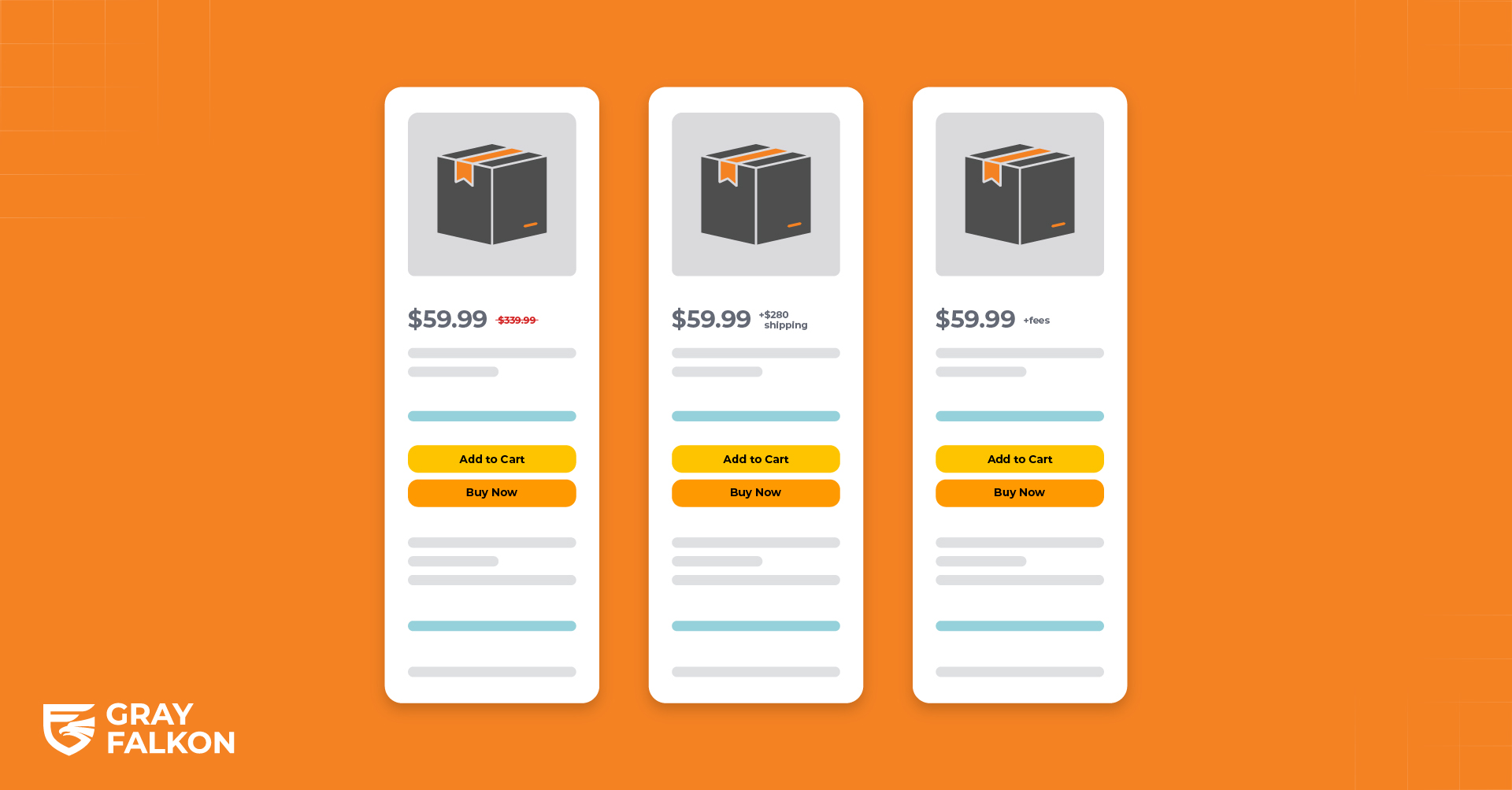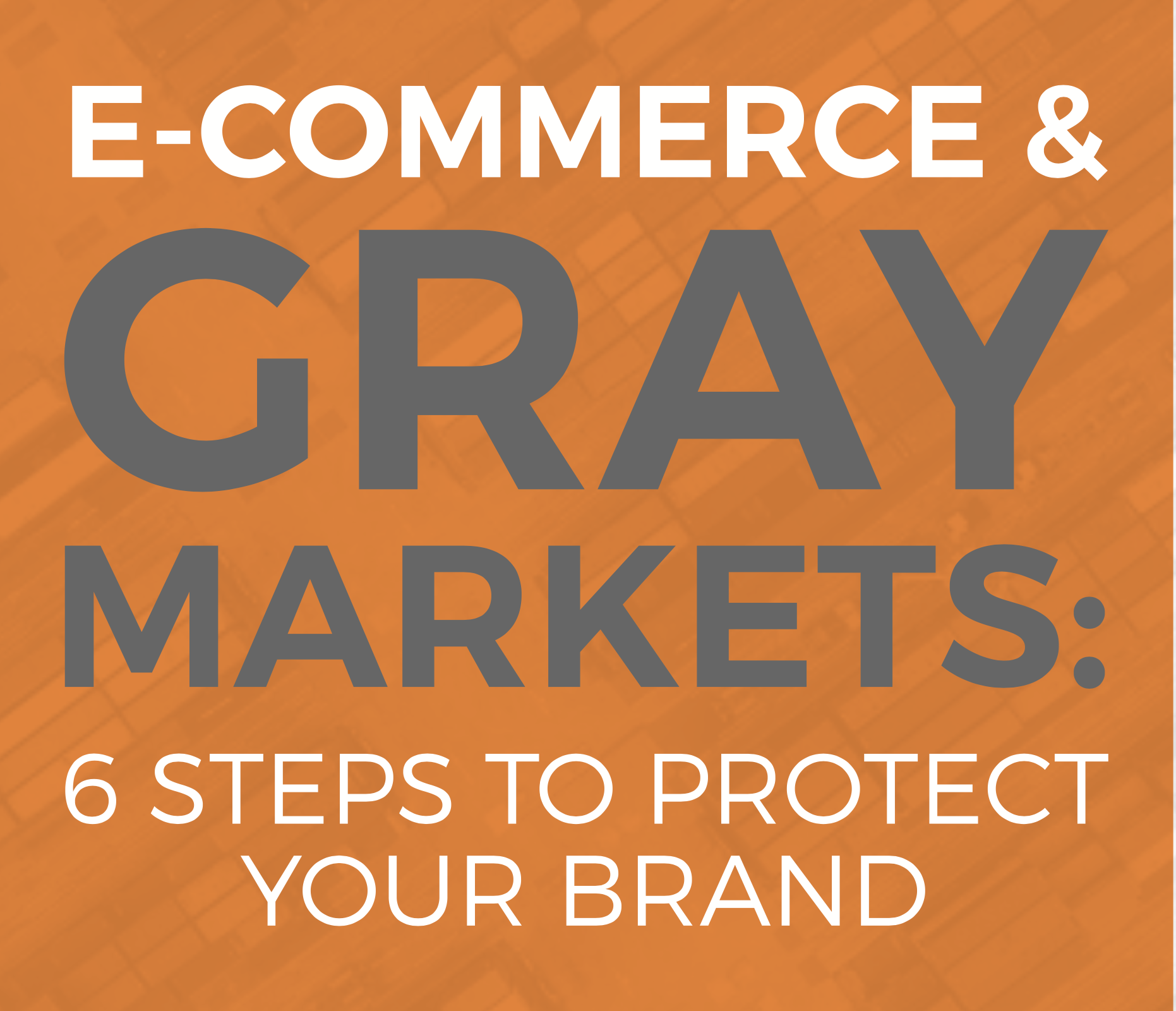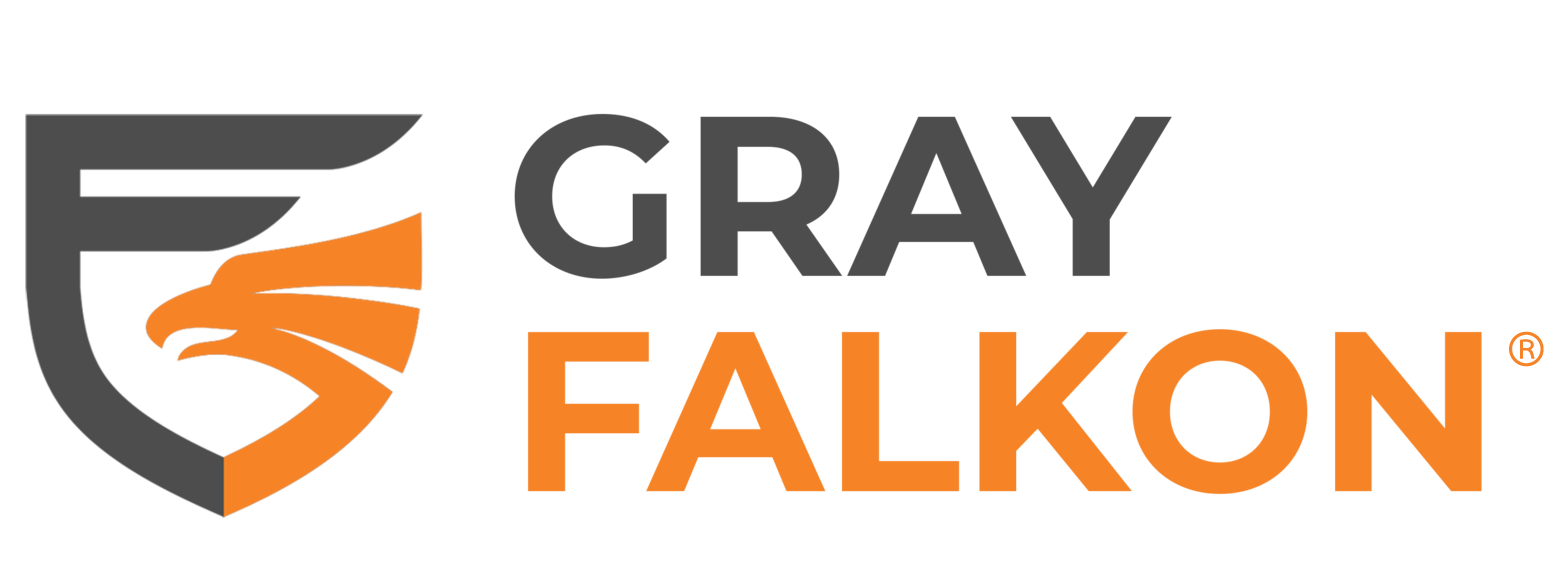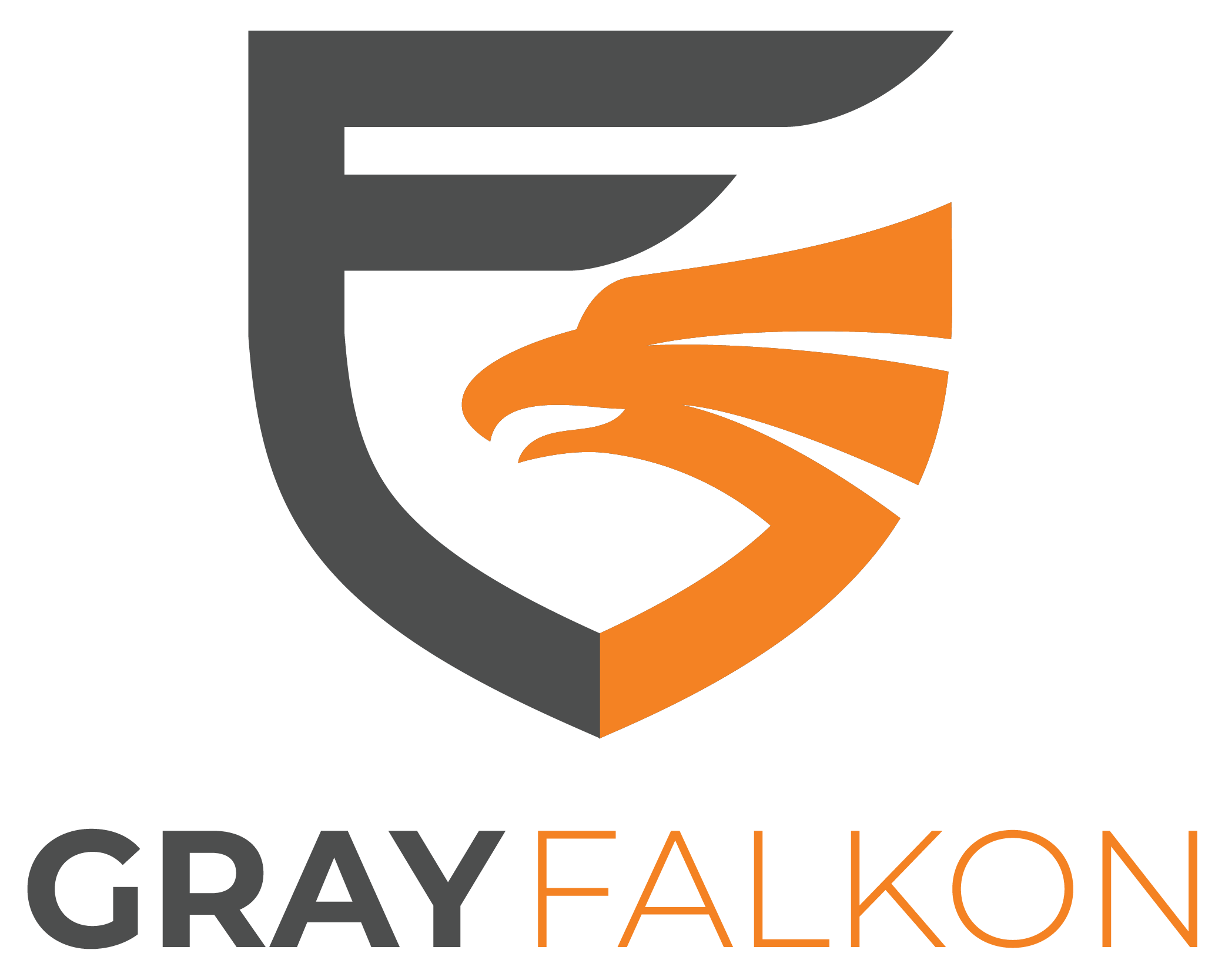
For most brands on Amazon, pricing is seen as a competitive lever, something to coordinate with authorized sellers, manage across channels, and monitor for consistency. But few realize that Amazon has its own set of rules that govern how pricing impacts visibility, Featured Offer (formerly Buy Box) eligibility, and listing status. These rules are outlined in what’s called the Marketplace Fair Pricing Policy, and if violated, they can trigger serious enforcement actions.
While Amazon’s penalties are aimed at the individual seller breaking the rules, the fallout doesn’t always stop there. Unauthorized sellers offering your products at inflated prices, charging excessive shipping, or listing misleading discounts can cause Amazon to suppress the Featured Offer. Your brand might not be the one setting the price, but you’re the one paying the price in lost visibility and customer trust.
Let’s break down what Amazon’s Fair Pricing Policy is, how it works, and why it matters for brands trying to maintain marketplace control.
What Is Amazon’s Fair Pricing Policy?
Amazon’s Marketplace Fair Pricing Policy is designed to protect consumers from what the platform deems “untrustworthy pricing practices.” While Amazon is known for its competitive prices, it actively monitors sellers to ensure no listings appear overpriced, misleading, or unfair, especially when compared to other retailers or the seller’s own off-Amazon pricing.
According to Amazon, pricing violations may include:
- Artificially high product prices relative to recent history or other retailers
- Excessive shipping fees that inflate the total cost to the customer
- Misleading reference prices, such as exaggerated MSRPs or fake “before” prices
- Fee avoidance tactics, like adding extra charges outside of the core price
If Amazon detects a violation, it may:
- Suppress the Featured Offer
- Remove the offer from search results
- Suspend the ship option
- Terminate or suspend the seller’s privileges in extreme or repeated cases
This policy applies to all offers on Amazon, regardless of whether the seller is authorized by the brand. As a result, unauthorized third-party sellers listing your products at extreme or inconsistent prices can still trigger actions that ultimately impact your brand’s visibility, even though you’re not the one at fault.
That’s what makes this policy particularly important for brands: you may not be penalized directly, but your listings, traffic, and customer experience can all take a hit based on how others sell your products.
Why It Matters for Brands
At first glance, Amazon’s Fair Pricing Policy might seem like something only third-party sellers need to worry about. But the reality is more complex, especially for brands that rely on authorized reseller networks or face challenges with unauthorized sellers.
When a listing violates Amazon’s pricing policy, the platform doesn’t always penalize a specific seller in isolation. Instead, Amazon may suppress the Featured Offer for that ASIN or remove it from search altogether. That means if an unauthorized seller lists your product at an inflated price or charges excessive shipping, your branded product could lose visibility, even if your authorized offers are compliant.
The worst part? You might not even know it’s happening. Unauthorized sellers may come and go quickly, set prices using automated tools, or base their pricing on liquidated inventory. You’re left managing the fallout, answering questions from confused customers, or watching a top-performing ASIN suddenly drop in performance for reasons that aren’t immediately clear.
Brands also face indirect consequences:
- Inconsistent pricing across channels may trigger pricing scrutiny.
- Customer trust may erode when shoppers see erratic pricing behavior or shipping costs.
- You and your authorized sellers can lose the Featured Offer, even if they’re compliant, simply because another seller created pricing friction on the same ASIN.
While the Fair Pricing Policy isn’t necessarily aimed at brands, it’s something brands can’t afford to ignore.
How Unauthorized Sellers Trigger Pricing Violations
One of the biggest challenges with Amazon’s Fair Pricing Policy is that brands can’t control who lists their products. Unauthorized sellers, even if they’re offering genuine products, often don’t follow your pricing strategy, among other things. And that’s where the real risk starts.
These sellers may:
- Source inventory from liquidation or overstock channels, then drastically undercut or inflate prices to clear it fast.
- List products using outdated or inconsistent MSRPs, creating misleading reference prices that violate Amazon’s rules.
- Use pricing automation tools that fluctuate prices aggressively, sometimes pushing them beyond what Amazon considers fair.
- Tack on inflated shipping fees to maximize margins, putting the total cost far above market norms.
These pricing behaviors might seem minor on their own, but Amazon’s algorithm sees them as signals opposing their mission to be “Earth’s most customer-centric company”.
Once Amazon’s systems flag a pricing issue, it doesn’t matter who caused it, your listing could still be suppressed or hidden, even if the authorized sellers are playing by the rules. This makes unauthorized sellers not just a nuisance, but a tangible brand protection risk, especially when they’re the ones inviting enforcement action that hurts your entire listing.
Proactive Brand Protection Strategies
Avoiding the fallout from Amazon’s Marketplace Fair Pricing Policy isn’t just about setting your own prices, it’s about controlling how your products are represented across the entire marketplace. That means actively managing both your pricing strategy and who’s allowed to sell your products.
Here’s how to stay ahead:
Limit and Monitor Your Seller Network
Brands with tight control over distribution are far less likely to run into pricing issues. By limiting the number of authorized sellers and enforcing clear resale terms, you reduce the likelihood of erratic pricing or inflated shipping fees.
Watch for Unauthorized Seller Activity
Unauthorized sellers are the most common source of policy violations. Use tools to monitor your ASINs daily to see who’s selling your products, and whether they’re pricing them in ways that put your listings at risk.
Standardize Pricing Across Channels
If your product is available on Amazon, Walmart, and your own website, aim for consistent pricing wherever possible. Large price gaps can trigger enforcement actions even if you’re not violating Amazon’s policy directly.
Educate Authorized Sellers
Make sure your authorized sellers understand the implications of poor pricing practices. This includes misleading discount structures, excessive shipping, or using inflated MSRPs. Their behavior affects your brand, even if they mean well.
Stay Alert During Peak Sales Events
Pricing volatility spikes during events like Prime Day, Black Friday, and Cyber Monday. Unauthorized sellers often take advantage of demand surges, which makes these periods especially risky for triggering enforcement actions. Monitoring and enforcement should be tightened in advance.
Being proactive is the only way to maintain long-term control, because once a listing is suppressed, the damage is already done.
How Gray Falkon Helps Protect Your Brand
At Gray Falkon, we understand that pricing-related violations caused by unauthorized sellers are disruptive, especially when they result in Featured Offer suppression, listing visibility issues, or damaged customer trust. Here’s how our solution helps you avoid those risks and regain control:
Real-Time Monitoring Across Marketplaces
Our AI-driven solution continuously scans Amazon, Walmart, and other major marketplaces to detect unauthorized sellers. By identifying threats early, especially those with questionable pricing practices, we help you respond before Amazon takes automated action that affects your listing.
Targeted Seller Engagement
Our AI-powered technology profiles every unauthorized seller, predicts their behavior and launches hyper-personalized campaigns designed to drive compliance and remove listings fast. can Amazon for unauthorized sellers, product listing inconsistencies, and gray market activity. This 24/7 visibility helps you detect violations early, before they disrupt your sales or harm your reputation.
AI-Driven Marketplace Engagement
Once unauthorized sellers are detected, our solution automates the preparation and submission of structured, marketplace-compliant reports. Our AI navigates complex eCommerce ecosystems to file, escalate, and resolve violations. While others send one report and wait, our automation adapts and persists until action is taken. We don’t just discover the problems, we help solve them.
Dedicated Brand Success Manager
You’re not going it alone. A dedicated Brand Success Strategist works hand-in-hand with your team to design a strategy that removes bad actors, reclaims lost sales, and prevents future threats, tailored to your market dynamics.
Marketplace Brand Protection Portal
Our Marketplace Brand Protection Portal gives you and your team the tools to track results, spot trends and monitor the financial and brand impact of your protection strategy. With daily updates and platform-specific insights, you’ll always know where your brand stands and where risks are emerging.
Protect Your Brand On Amazon With Gray Falkon
Amazon’s Marketplace Fair Pricing Policy may not seem like a brand-level concern at first glance, but its ripple effects absolutely are. Unauthorized sellers with erratic pricing can lead to Featured Offer suppression, listing delisting, and a breakdown in the customer experience, all without the brand ever violating a single rule.
Modern brand protection extends far beyond traditional IP enforcement. Marketplace policy violations by bad actors put your listings, as well as your brand reputation, at risk.
At Gray Falkon, we help brands navigate these complexities with powerful, AI-driven tools that deliver marketplace visibility and report marketplace policy violations, eliminating unauthorized sellers before they create lasting damage. Whether it’s pricing violations, product misrepresentation, or unauthorized distribution, we’re here to help you protect what matters, your brand’s control, reputation, and revenue. Schedule a demo today and take the first step towards comprehensive brand protection.



